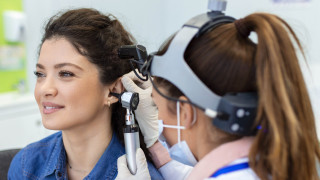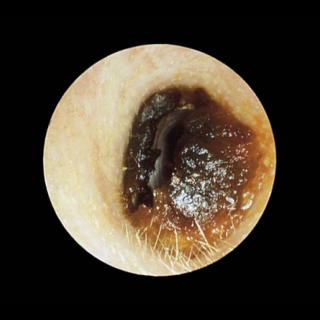
Earwax Removal
Ears feel blocked? Book an appointment with one of our Ear Nurses ($60, including complimentary hearing check).
Dedicated Ear Nurse service at Audiology South
Our trained Ear Nurse team follow best practices to gently and safely remove earwax by micro-suction, under microscope or magnified head-scope. This method ensures the ear canal can be clearly seen while being cleaned. Our Ear Nurses can also provide advice and guidance on good ear hygiene. You can book an appointment directly online with Helen, Maura, Carole or Nicky or call any of our clinics to arrange.
Cerumen or Earwax.
We all have it, but what is it?
Earwax is made by small glands in the outer ear canal. The wax is 20-50% fat and regulates the inner acidic barrier that protects your ears from infections, excessive moisture, dust and dirt.
For most people, earwax causes no problems. When its job is done, it moves down the ear canal and falls out. Keeping your ears clean and healthy is as simple as a light wipe with a wet tissue or cloth. But sometimes people make a lot of earwax — it’s genetic — and too much earwax can affect your hearing.
If your ears are blocked, sound waves can’t get to your eardrums. Blocked ears also increase the chance of infections because moisture can build up behind the wax and disrupt the protective acidic balance, producing ideal conditions for bacteria and fungi.

What can cause earwax to build up?
Over-active earwax glands are not the only cause of wax building up in the ears. Here are some others:
- Skin or bone infections, or unusual ear anatomy can cause narrow ear canals
- As we age, our glands produce a drier earwax that doesn’t discharge as readily
- Things we put in our ears (swabs, hairpins, cotton buds) compact and push the wax further into the canal
- Hearing aid moulds and earphones/ear buds inside the ear prevent wax from discharging
How can you tell if things are not okay?
First of all, if you have sore, sticky, weepy ears get to a doctor as soon as possible. You may have an infection and need your ears suctioned so antifungal or antibacterial drops can work.
In the absence of an infection, the signs of wax build up or impaction may include:
- Earache, itching or irritation
- A sense of fullness in the ear
- Loss of hearing
- Vertigo (dizziness)
- Tinnitus (ringing in the ears)
- A cough
- Discharge from the ear
- Jaw or face pain, or ear pain when flying.
So, if your ears are itchy and you're not hearing well, they probably need unblocking.

Is removing earwax with cotton buds (or hairpins...) safe?
No. Cotton buds can interrupt and damage the ear's self-cleaning process. They act as ramrods that push the wax into your ear canal, and they can puncture your eardrum. Your ear canal and eardrum are fragile and easily damaged by cotton buds. You're also risking ear infections by "cleaning" out the good, protective earwax. So, don't stick things into your ears.
A word about water in the ears.
Water sport enthusiasts deserve a special mention as they risk damage to their ears. Cold, wet, and windy conditions can cause abnormal bone growth in the ear canal. Wax and water can gather around these growths and cause blockages and infections. This condition, known as 'surfer's ear', is progressive so it is important to make sure you have ear protection when out in the water.